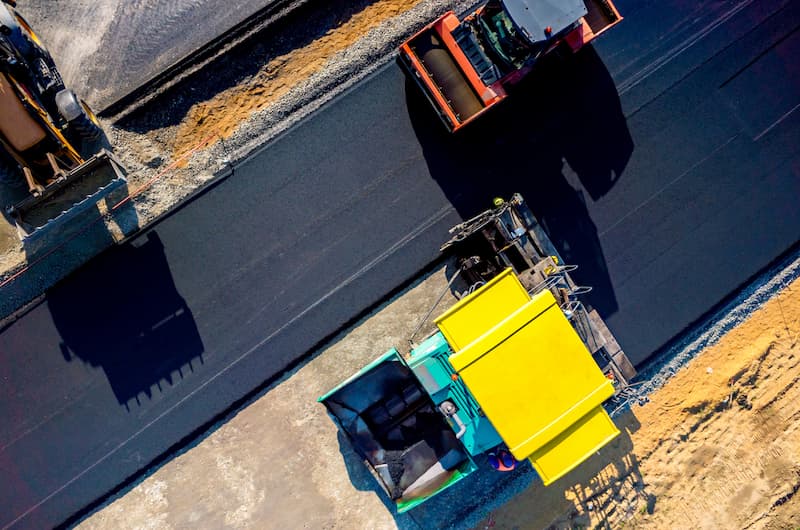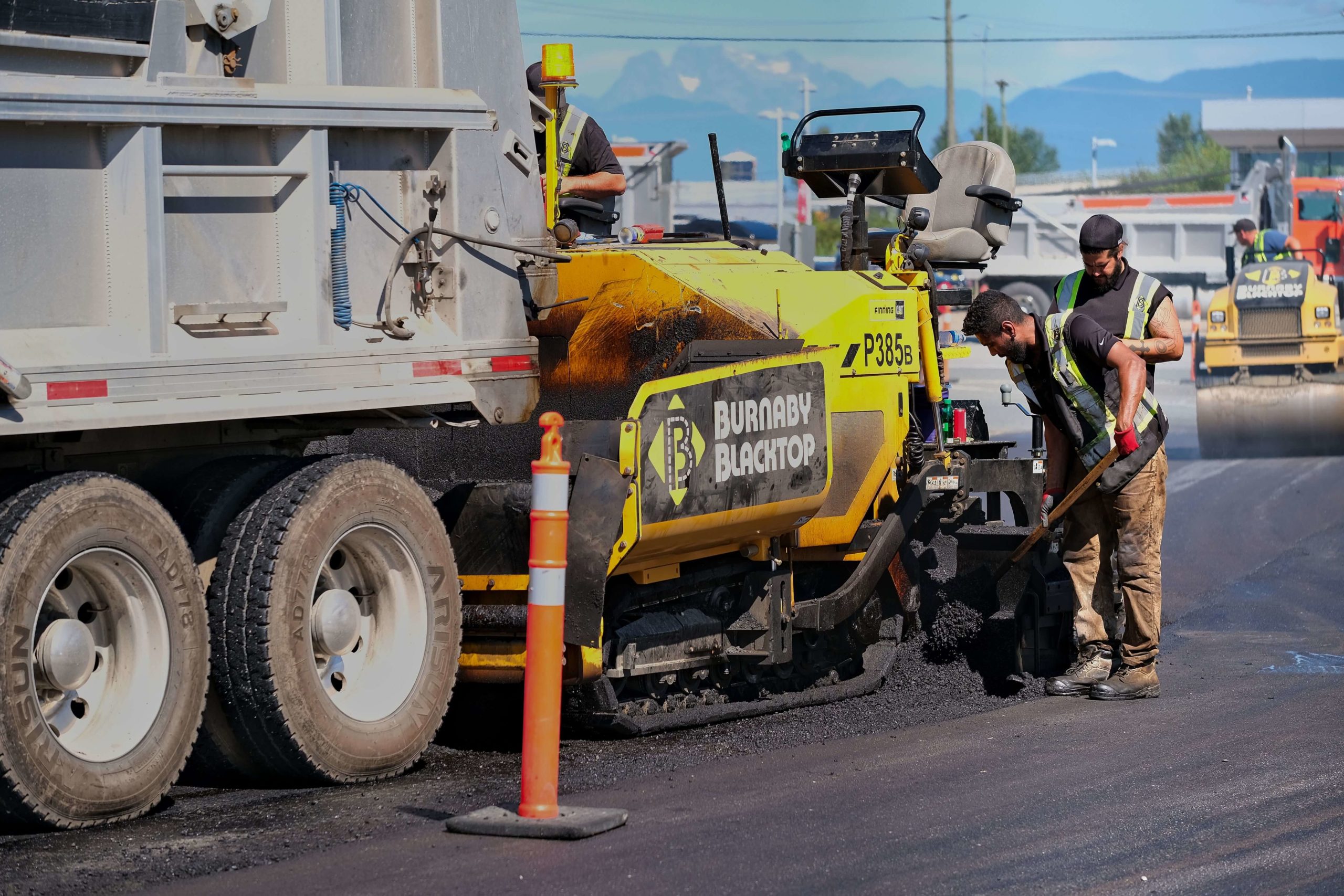Facts About A1 Professional Asphalt & Sealing Llc Revealed
Facts About A1 Professional Asphalt & Sealing Llc Revealed
Blog Article
Some Ideas on A1 Professional Asphalt & Sealing Llc You Should Know
Table of ContentsTop Guidelines Of A1 Professional Asphalt & Sealing LlcEverything about A1 Professional Asphalt & Sealing LlcA1 Professional Asphalt & Sealing Llc Can Be Fun For EveryoneGetting My A1 Professional Asphalt & Sealing Llc To WorkNot known Details About A1 Professional Asphalt & Sealing Llc

The oil in an auto engine is not simply oil. The REOB contains all the ingredients that were in the waste oil as well as the wear metals from the engine (mainly iron and copper).
However, by making several blends using various REOB examples and various asphalt binders, the variants largely can be averaged out. Several States offered examples of known REOB composition to TFHRC scientists, who assessed the examples to contrast the percentage of added (recognized) REOB to the found (checked) quantity. The analyses showed a similar percentage of added and discovered REOB.
7 Easy Facts About A1 Professional Asphalt & Sealing Llc Shown
They obtained a frustrating reaction. The TFHRC scientists assessed 1,532 examples from 40 States, one Canadian district, and two Government Lands Freeway divisions. They examined each sample twiceamounting to more than 3,000 analyses. None of those States realized that the asphalt they were purchasing included REOB. One State insisted its samples had no REOB.
Of the 1,532 samples examined, 12 percent included REOB, and some included appreciably high degrees of it at 1020 percent. The highest degree was 34 percent in an example from Texas, which TxDOT had actually made use of in a patching substance. This screening also disclosed the visibility of phosphoric acid in 11 percent of the samples, and 2 percent consisted of ground tire rubber.
Two years back at TRB's yearly conference, the Federal researchers held an REOB workshop and offered the searchings for of their laboratory assessments to a standing room-only crowd. Although some firms do not especially prohibit REOB, they do impose physical tests that preclude its useeffectively a restriction. a1 asphalt. Others do not prohibit it by specification, yet have contracts with asphalt vendors to avoid making use of REOB
The A1 Professional Asphalt & Sealing Llc Statements
Ohio and Texas restriction levels to less than 5 percent of the asphalt. To develop a trustworthy test technique that all States can utilize, the TFHRC scientists established up a round-robin examination plan.
In total amount, the scientists prepared and shipped 720 blends. The individuals are examining the examples separately utilizing the standards supplied by the TFHRC researchers. The round-robin testing is nearly finished, and TFHRC remains in the procedure of gathering the results. The outcome will be a suggested AASHTO test technique that any State can adopt and use (diagonal parking vs straight parking).
The pavement with REOB, which is situated 0.6 mile (1 kilometer) from the pavement without REOB, has the same subgrade, web traffic density, and climate. The sector of Highway655 with 5 to 10 percent REOB showed substantial splitting. In this example, the existence of REOB was the determined reason for breaking at a reduced temperatures.
"In our experience in Canada, also tiny quantities of 23 percent can be a problem." Likewise, an area of examination pavement in Minnesota (MN1-4) discovered to have REOB additionally split prematurely. The sidewalk executed well for the first 3 to 4 years, yet then began to break. This sidewalk is also based on reduced temperature levels.
The 6-Minute Rule for A1 Professional Asphalt & Sealing Llc
The tests were not substantial, however they showed that at levels of 6 percent or more, the tensile stamina of the asphalt went down dramatically. At a degree of 3.5 percent REOB, the variant in the physical examination techniques was above the effect of REOB. It was tough for researchers to evaluate whether REOB was present. http://go.bubbl.us/e16bb8/19e3?/New-Mind-Map.

One binder parameter considered is the distinction in between the low temperature critical specification temperature level for tightness (S) in the bending beam rheometer and the flexing beam of light rheometer creep slope (m-value) noted as Tcritical. 2 independent research teams, one from AASHTO and the various other from the Asphalt Institute, concluded that more research is required on the use of REOB in asphalt.
Formerly, all asphalt screening measured design residential or commercial properties such as stiffness. These examinations do not show what products had been included in the asphalt. One sample received throughout the TFHRC study had a very weird analysis. The sample had the following examination results: Superpave PG 64-28 with a heat quality of 67.3 Tcritical on the bending beam of light rheometer was 6.7 levels Celsius.

The smart Trick of A1 Professional Asphalt & Sealing Llc That Nobody is Talking About
These results show there are weak points in the standard design screening protocols that might be exploited. The manufacturer may have a financial advantage and the item passes all the standardized tests, yet the product might not be advantageous to guaranteeing long-lasting performance. To resolve this issue and the expansion of new asphalt additives and extenders, TFHRC is starting a research program to make use of portable spectroscopic tools, x-ray fluorescence spectroscopy, and Fourier change infrared spectroscopy to allow analyses to be done in the area as opposed to having to take samples back to the laboratory.
Report this page